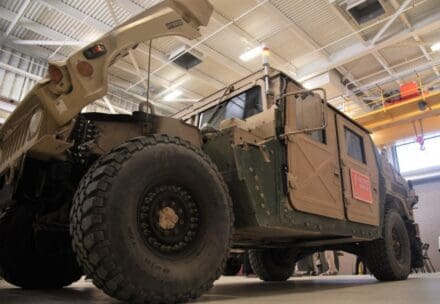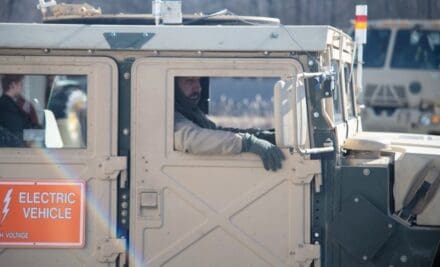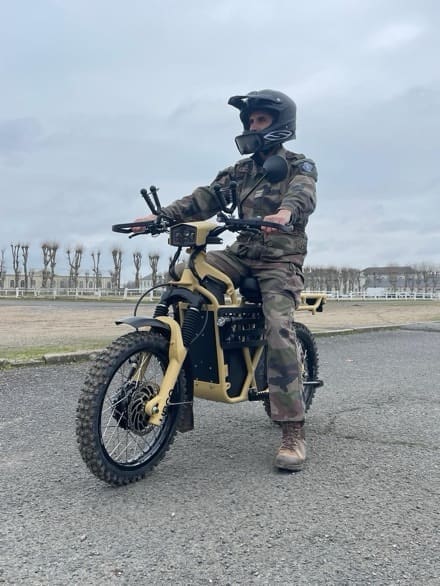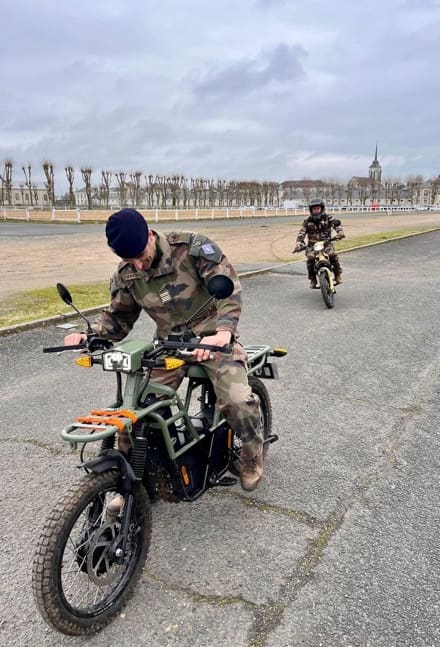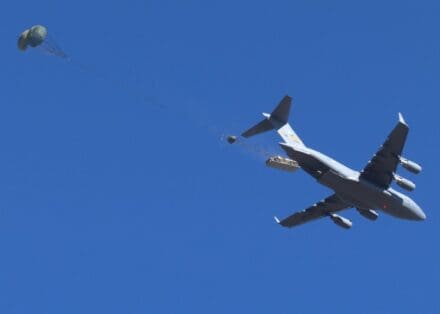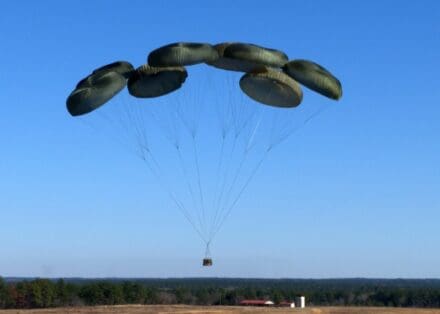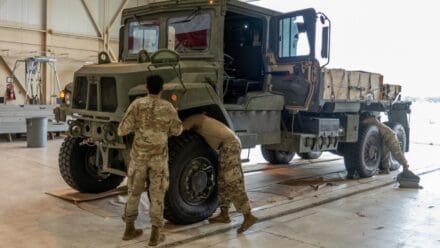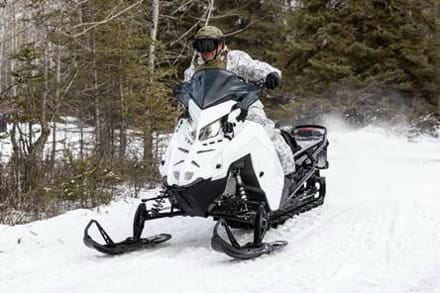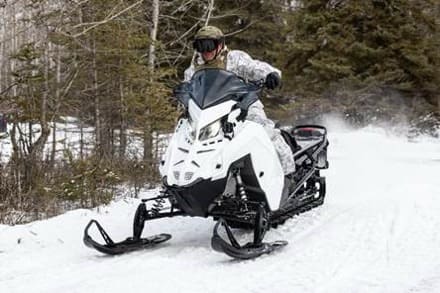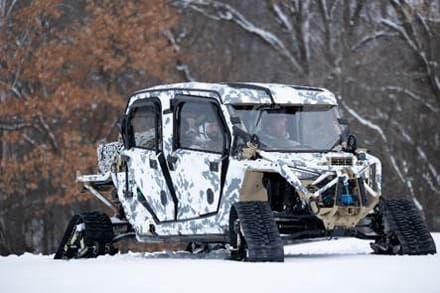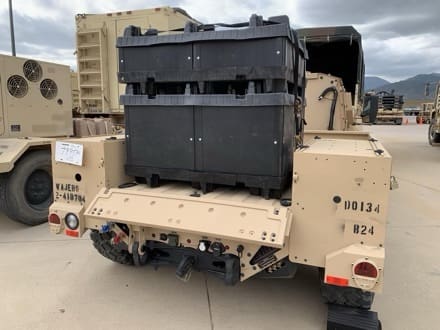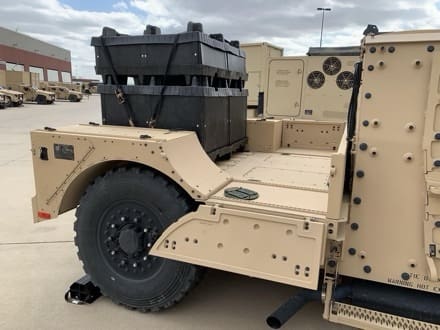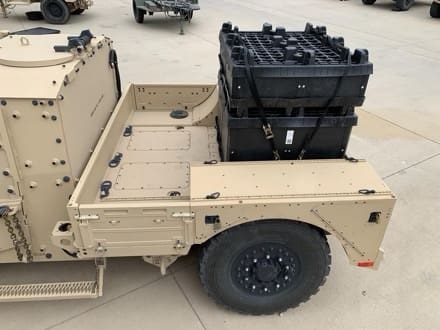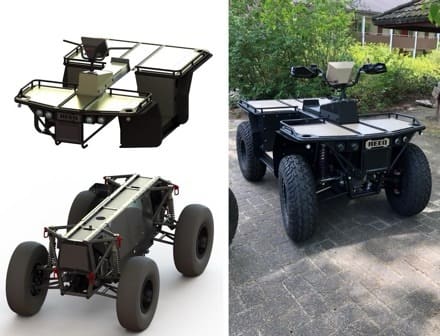
Williams is proud to announce the launch of a new company that will apply the cutting-edge innovation and technologies of F1 to tackling clients’ engineering challenges in other sectors.
Drawing on lessons learned over almost 50 years at the pinnacle of motorsport, Williams Grand Prix Technologies will bring a laser focus to solving clients’ problems using world-leading engineering capabilities.
Sitting alongside Williams Racing, and also owned by Dorilton Capital, the new company will be based at the team’s technology campus in Grove, UK.
Racing in Formula 1 involves a lightning-fast development cycle, taking a car from concept to competition in less than 12 months. Williams Racing is one of the most successful teams in F1 history, with nine Constructors’ Championships, seven Drivers’ Championships and 114 race wins.
Williams Grand Prix Technologies will offer this innovation-led approach and extraordinary pedigree to a wide range of new sectors including wider motorsport, premium automotive, aerospace, defence, marine, energy, sport and lifestyle.
Clients will be able to draw on the resources, assets, skillsets, technologies and talent available to the racing team to unlock new performance and potential in their businesses. Williams Grand Prix Technologies will also work closely with Williams Racing’s technology suppliers and partners to bring advanced solutions in simulation intelligence and data engineering to clients.
A mix of highly-skilled people and unique engineering assets will combine to offer services including: platform dynamics; advanced materials; simulation and modelling; instrument and data analytics and high performance computing. Sitting alongside these core engineering services is a range of in-house prototype testing and evaluation resources that include: wind tunnel; driver-in-the-loop simulator; single-axis testing machines; 8-post rig; chassis rig; other testing rigs and bedplate testing. Whilst originally developed for the purposes of the race team, these capabilities and assets have far wider applicability which the new company will harness.
Prior to the establishment of Williams Grand Prix Technologies in 2024, Williams also had other business interests beyond F1 racing. Williams owned a majority stake in Williams Hybrid Power Limited and also established Williams Advanced Engineering – both businesses took technology developed for F1 and adapted it for multiple commercial applications. Williams Hybrid Power was sold to GKN in March 2014 and Williams Advanced Engineering was sold to Fortescue in February 2022.
Matthew Savage, Chairman at Williams Grand Prix Engineering Limited, said: “We are delighted to be establishing Williams Grand Prix Technologies, bringing F1-derived innovation and pedigree to a wide range of other sectors. Williams Grand Prix Technologies offers a unique mix of engineering experience, expertise and capabilities to solve customers’ problems and we have already received significant interest from a diverse set of clients even before launch. We will be using skills and assets that have been established, developed and refined over five decades of competing at the highest level of motor racing on a global stage, which is a unique pedigree that only Williams can offer. Being part of the wider Dorilton group of companies also allow Williams Grand Prix Technologies to offer services from across the group to further enhance the technologies and services available to the customer”.


